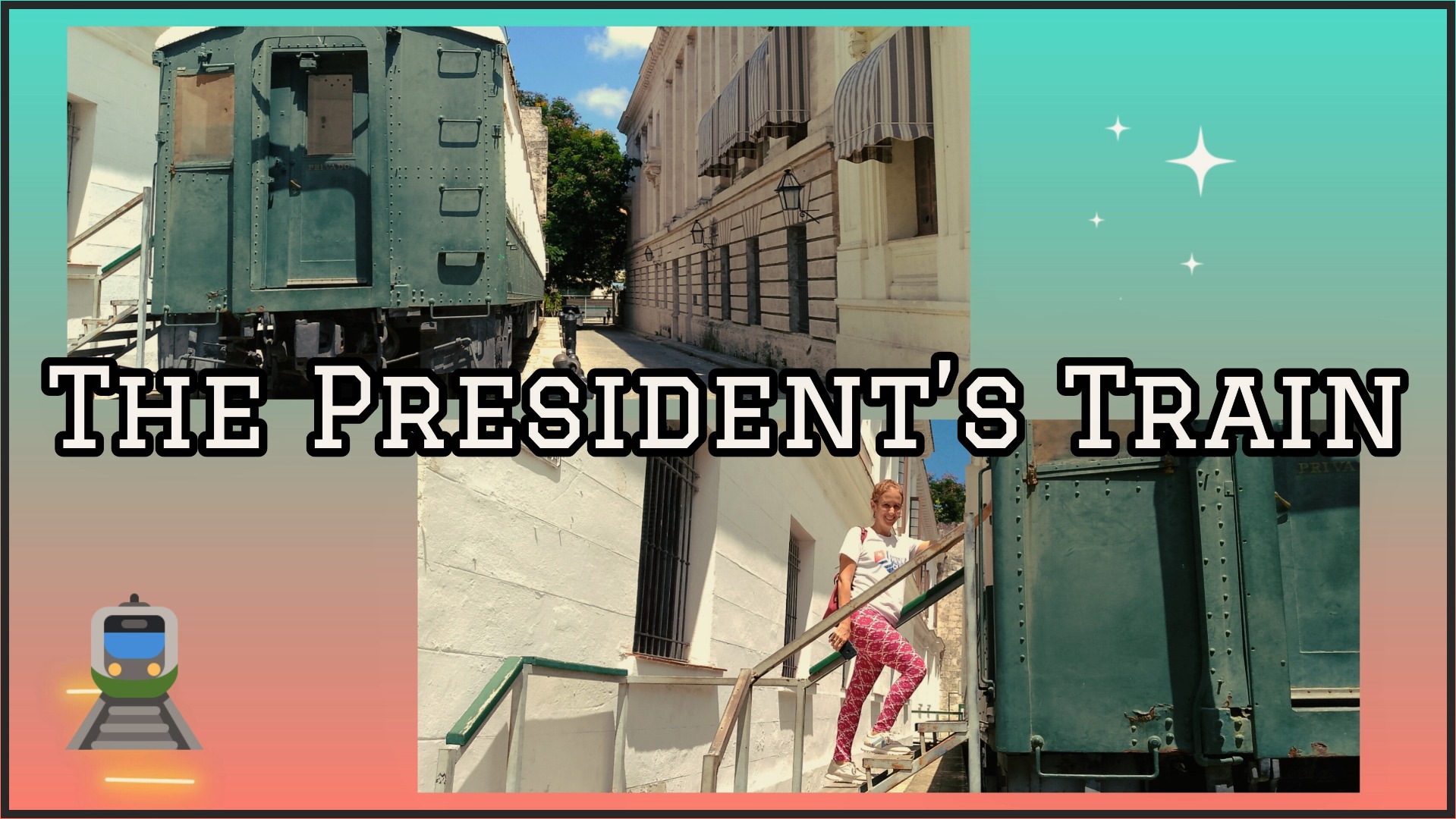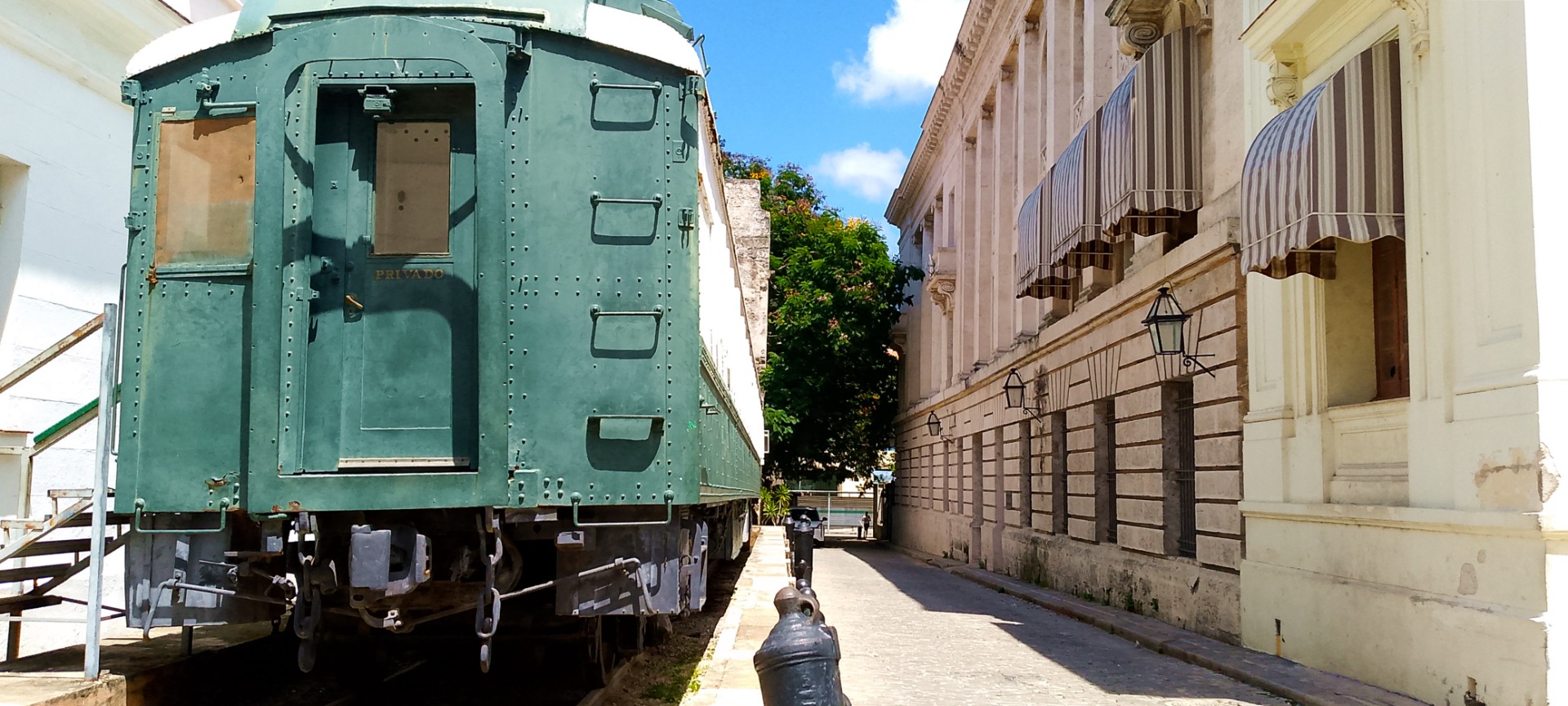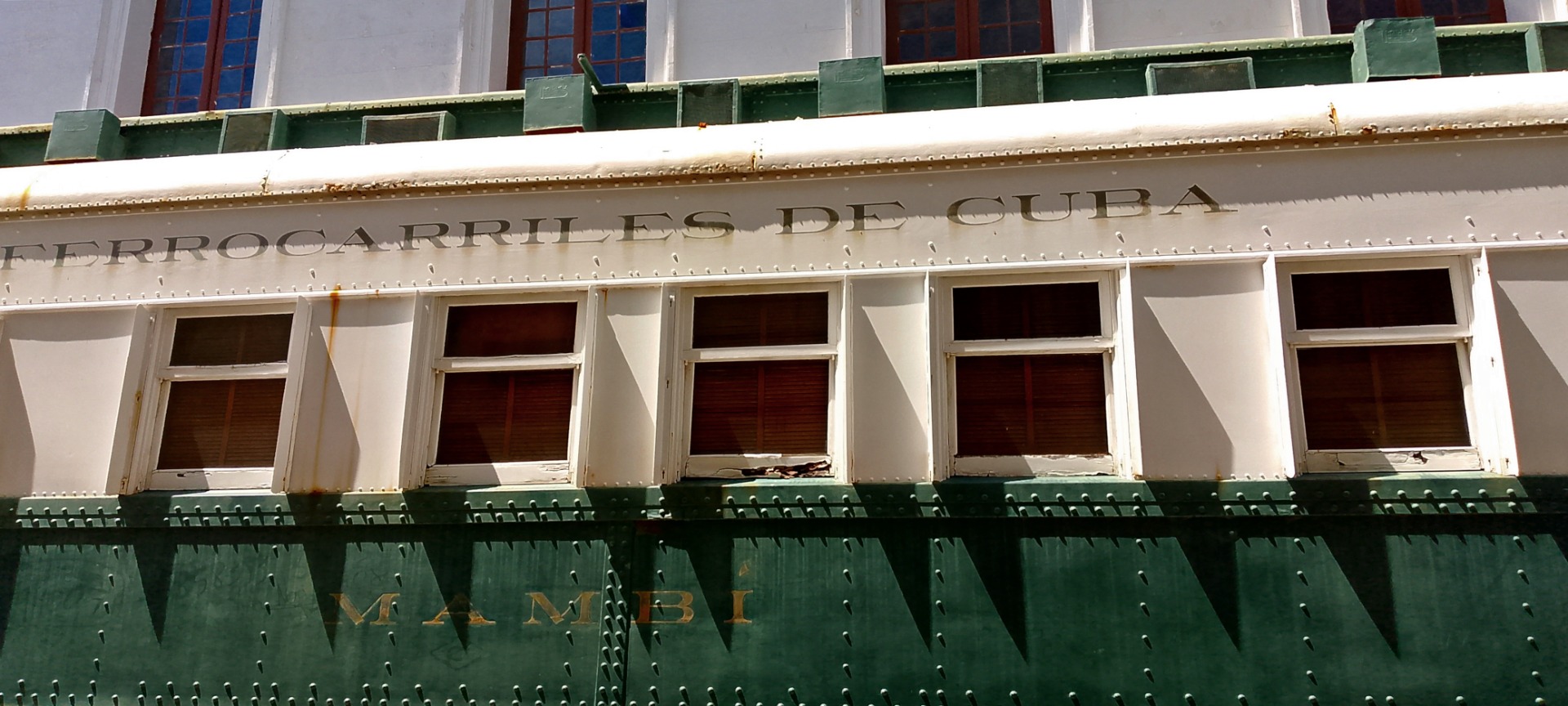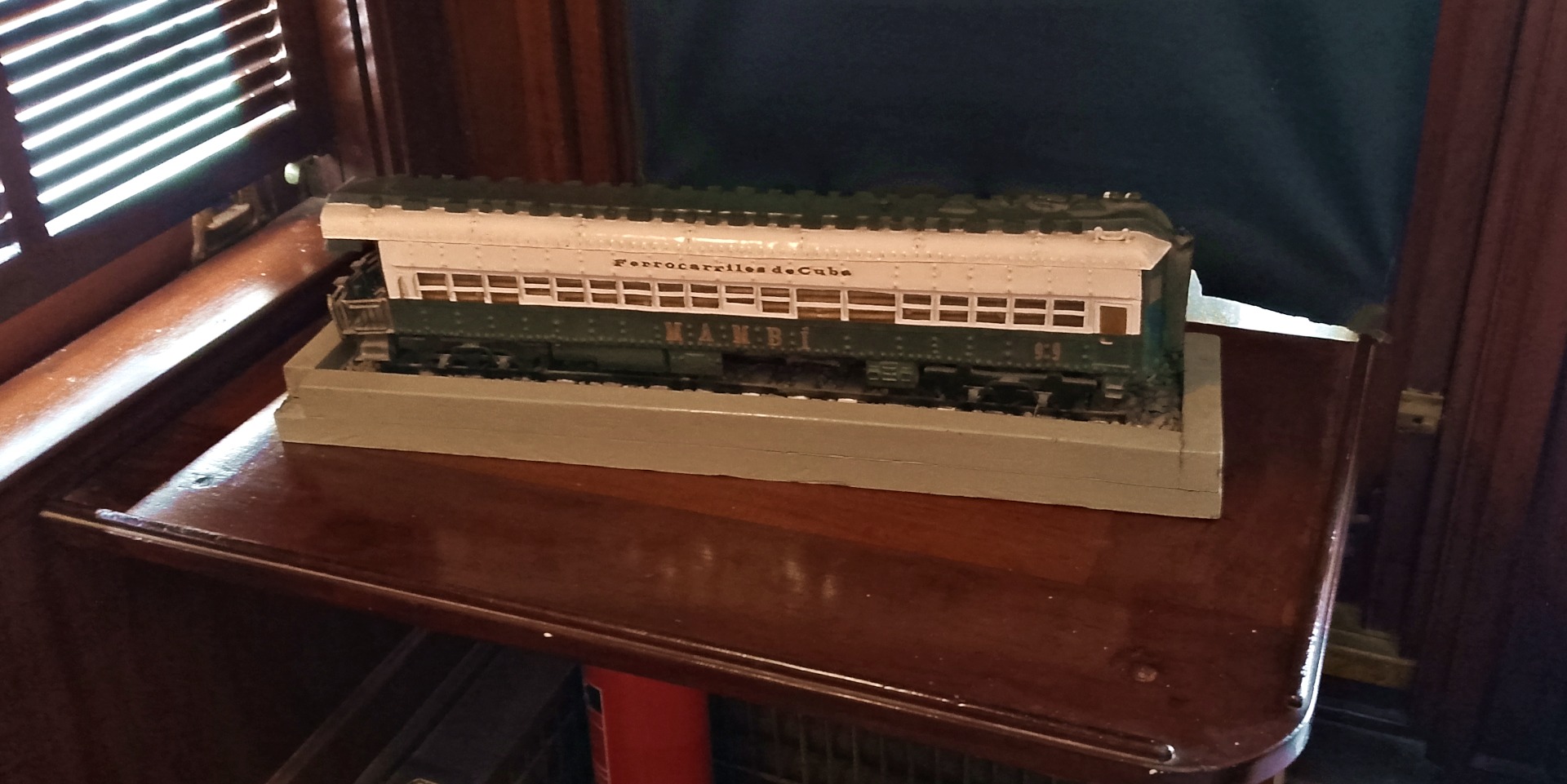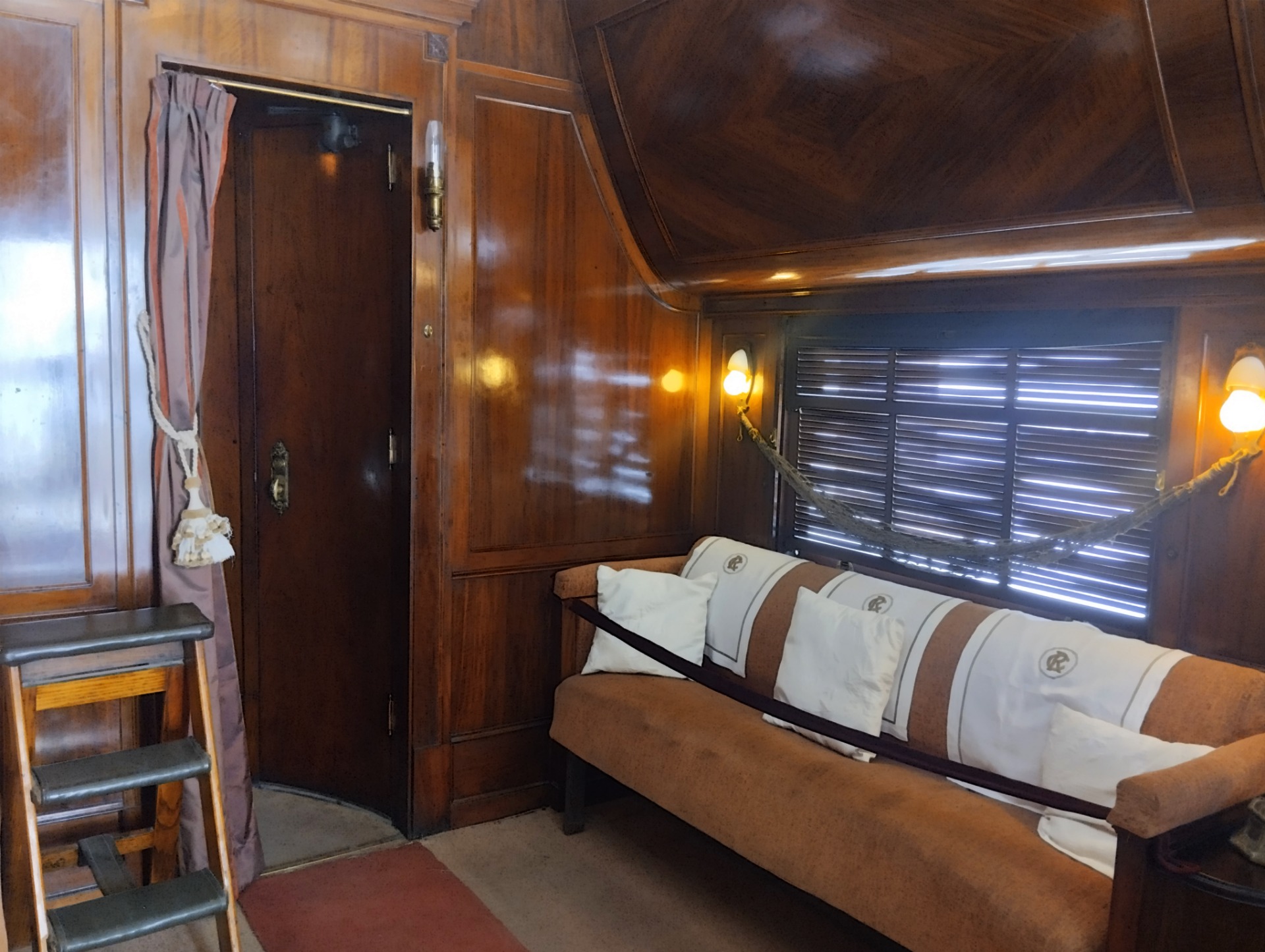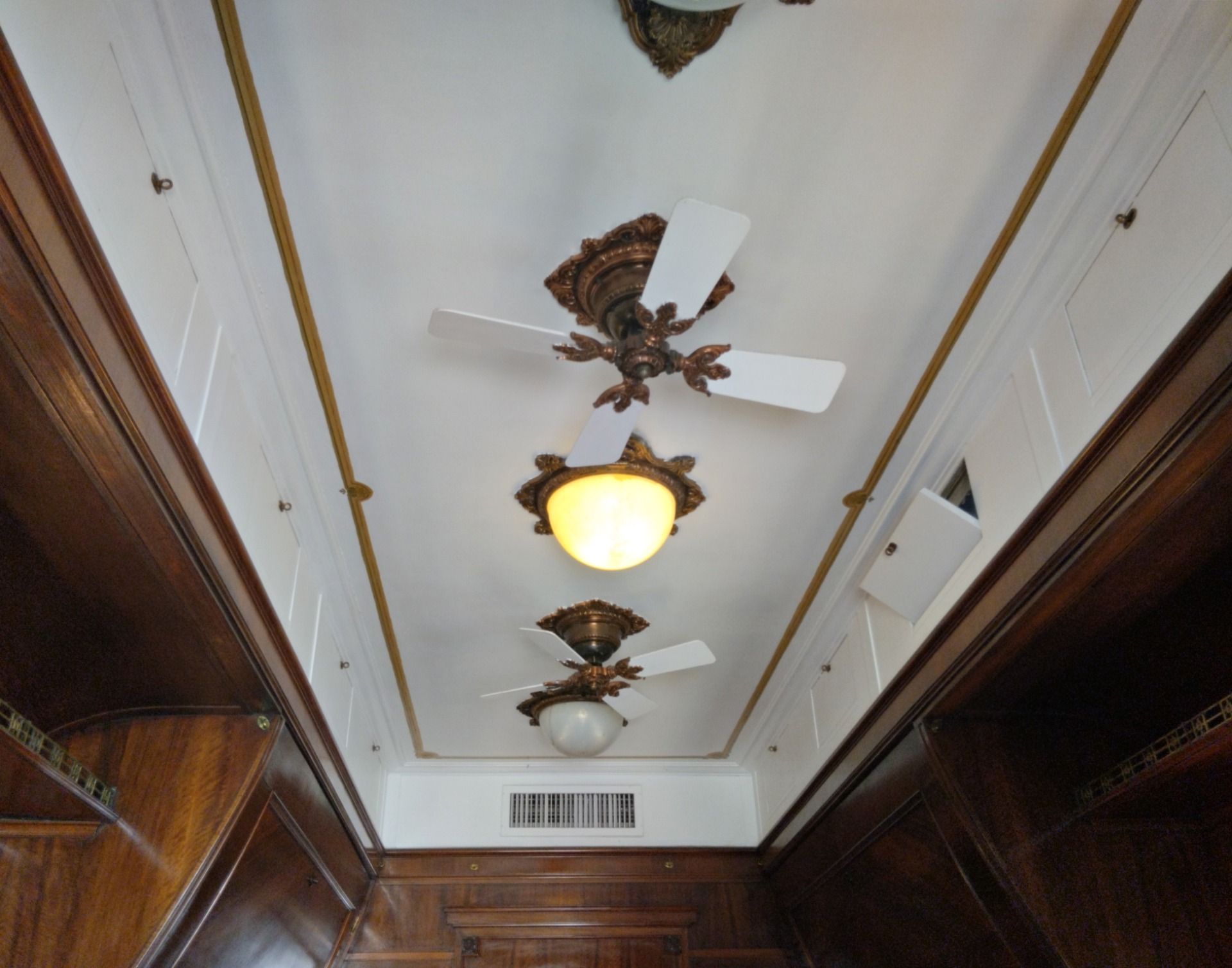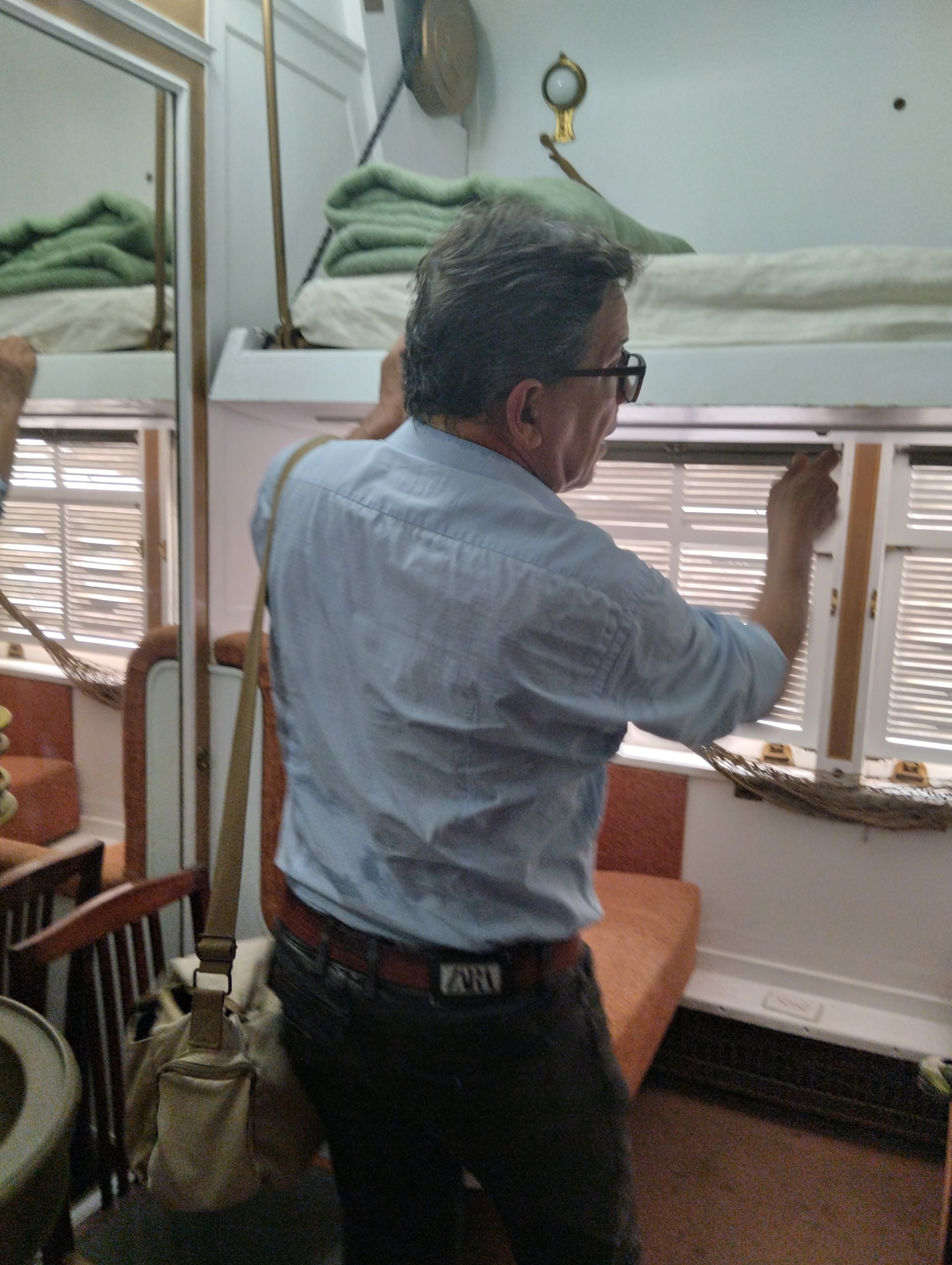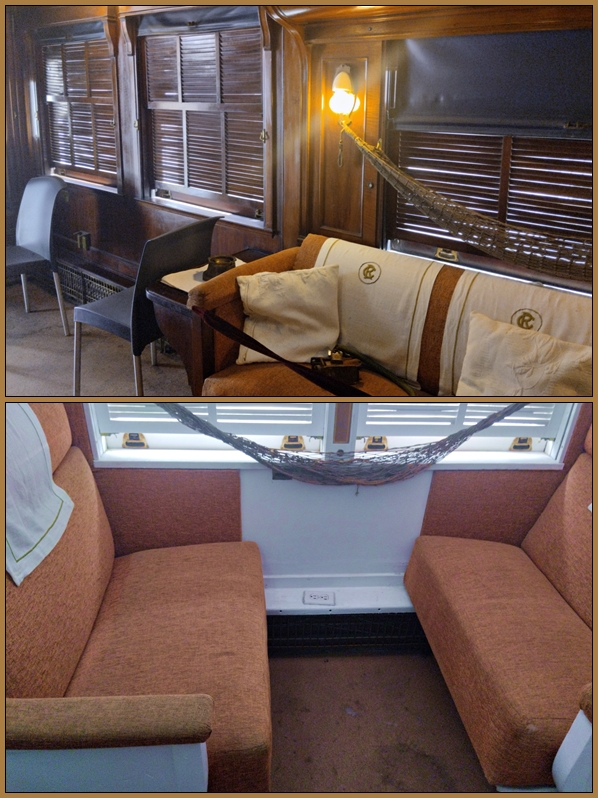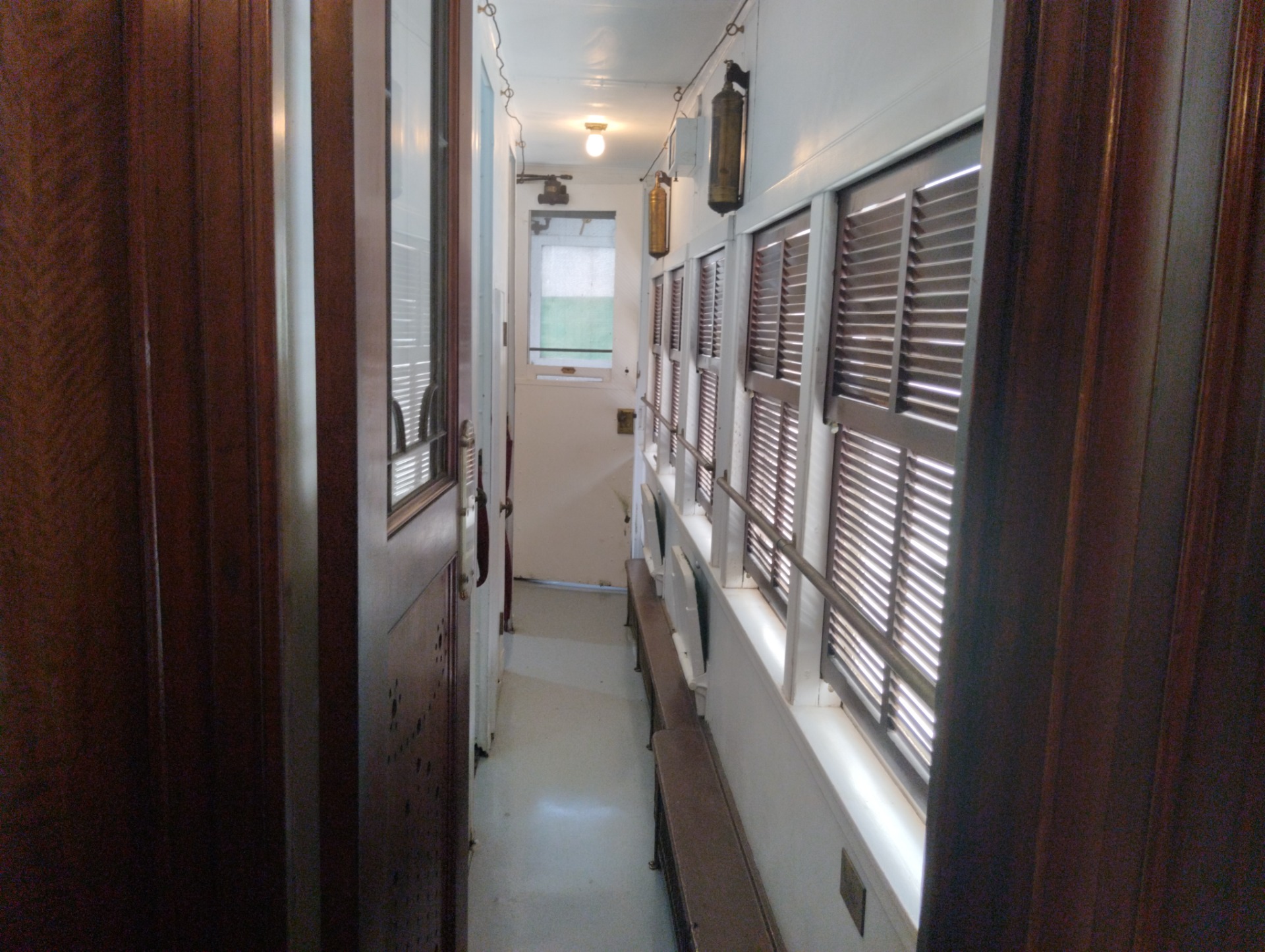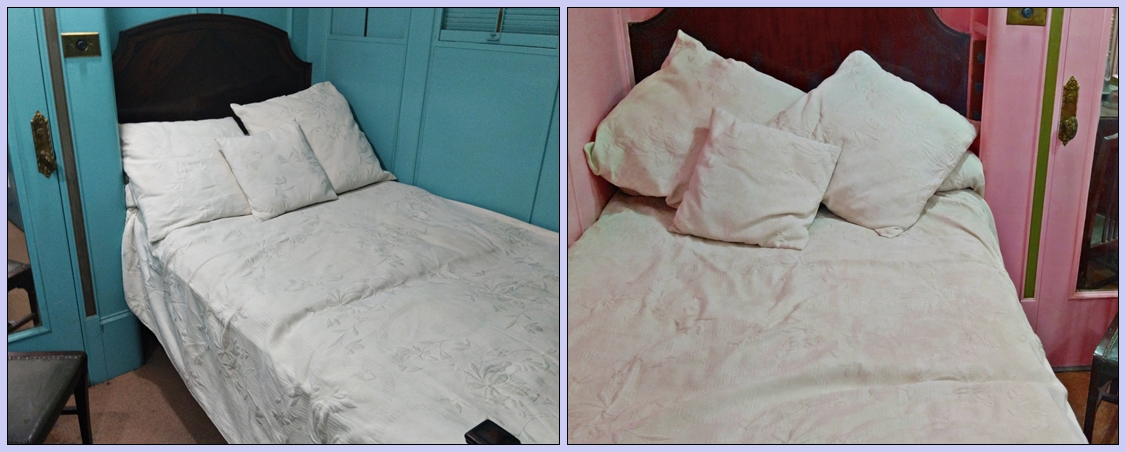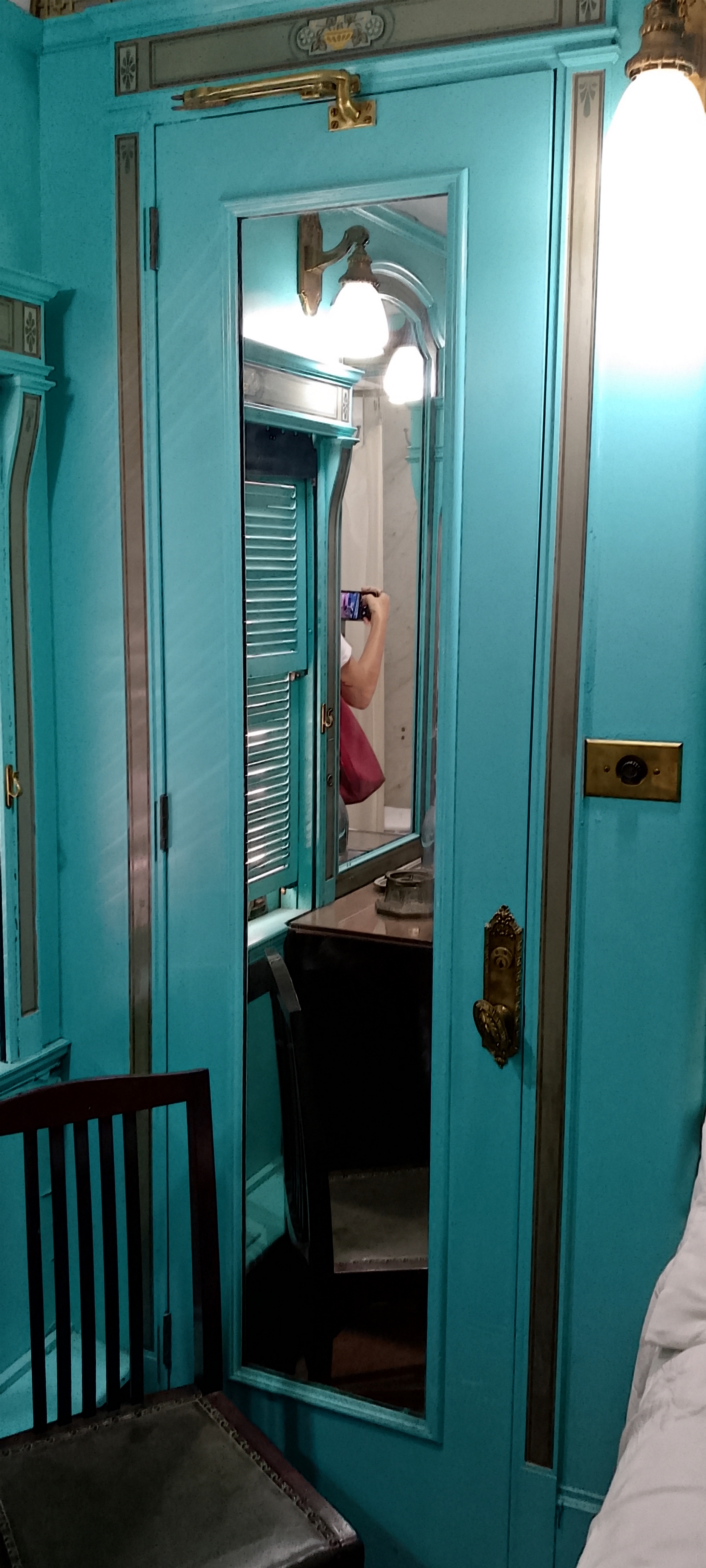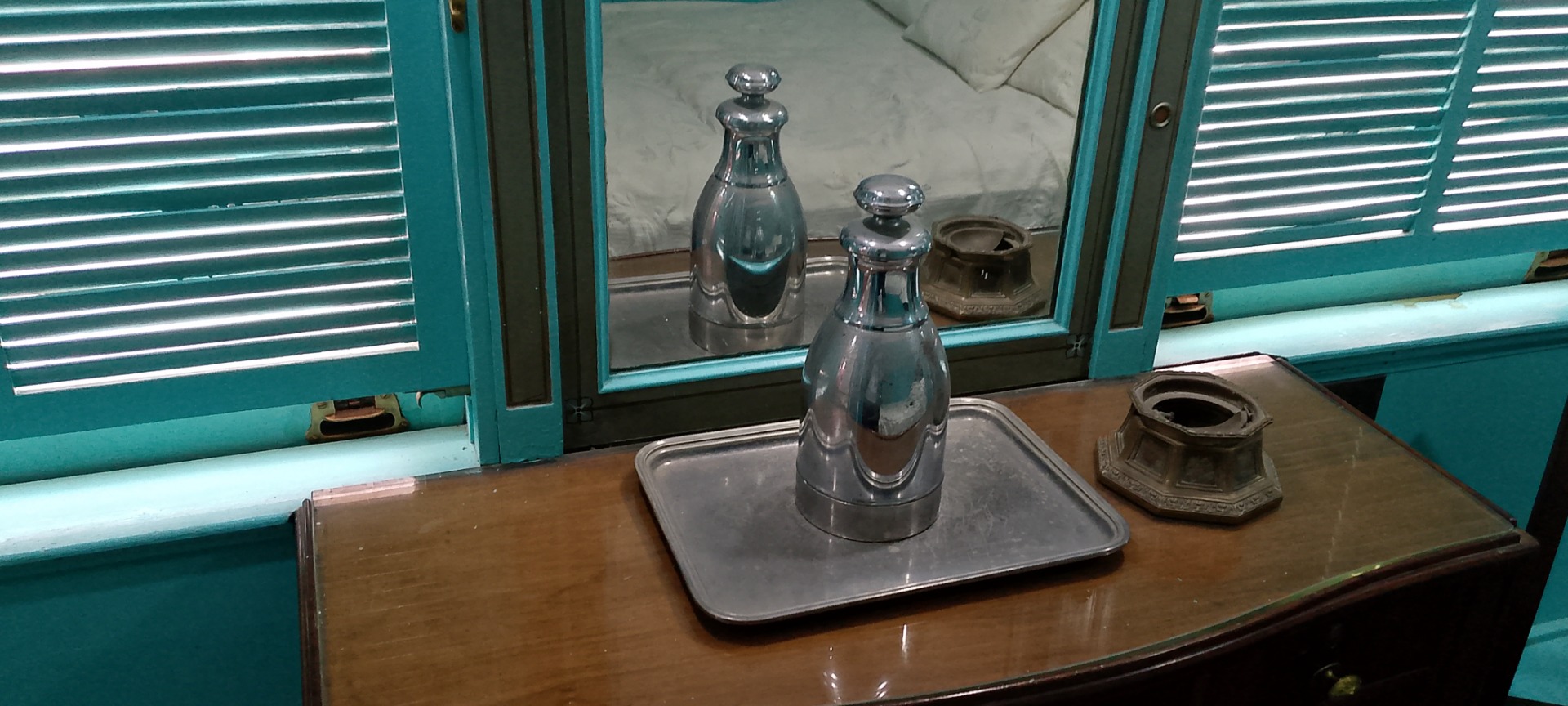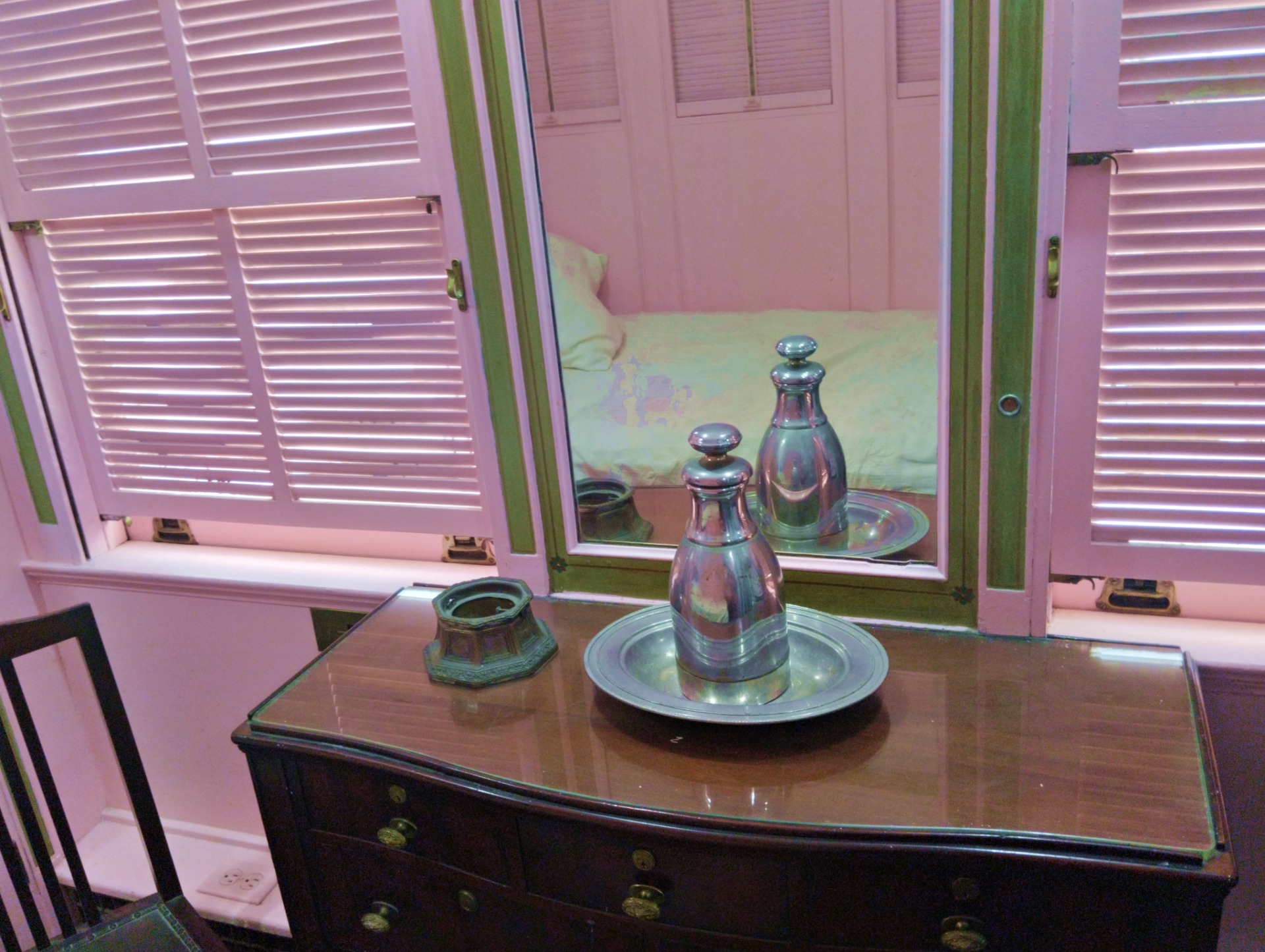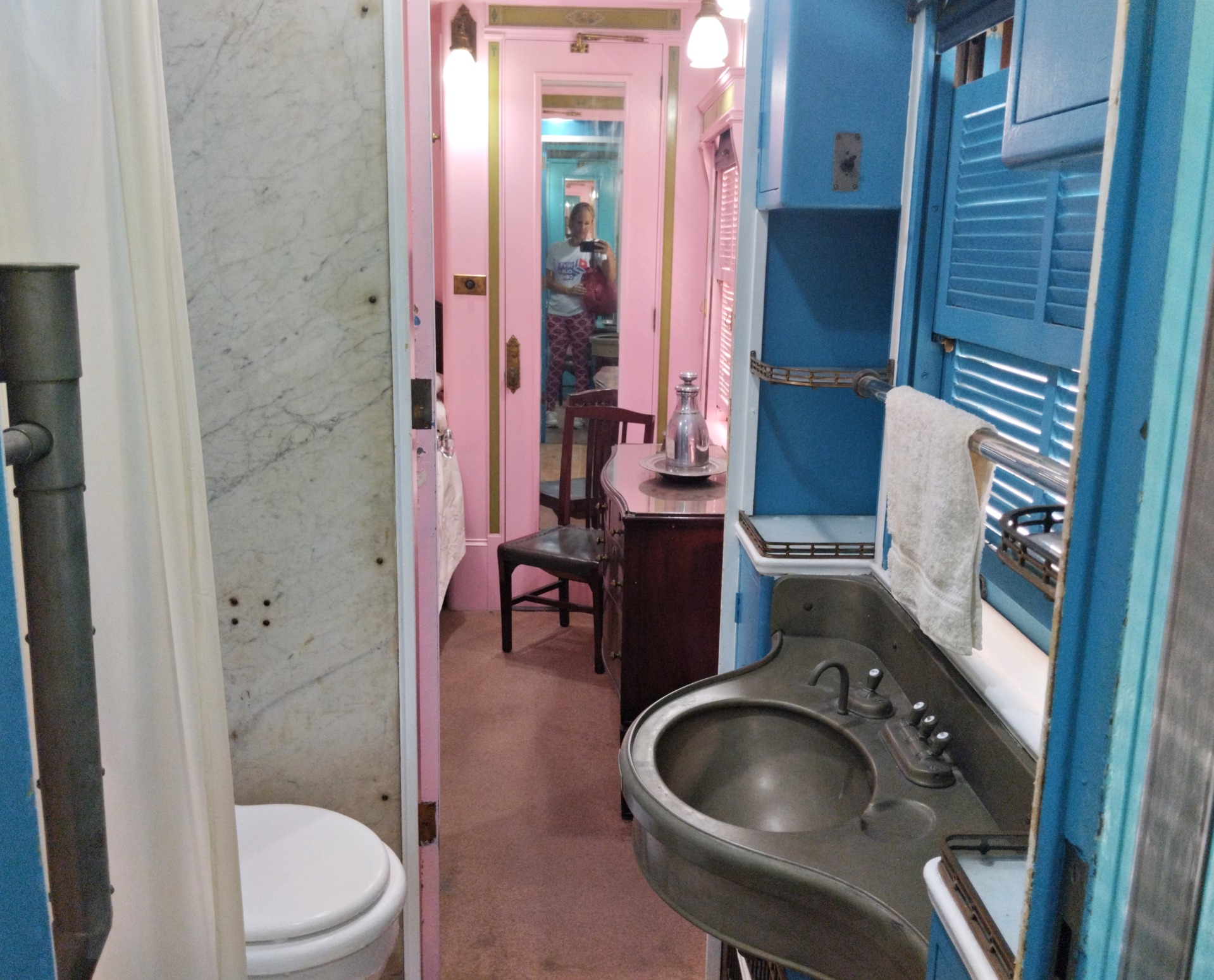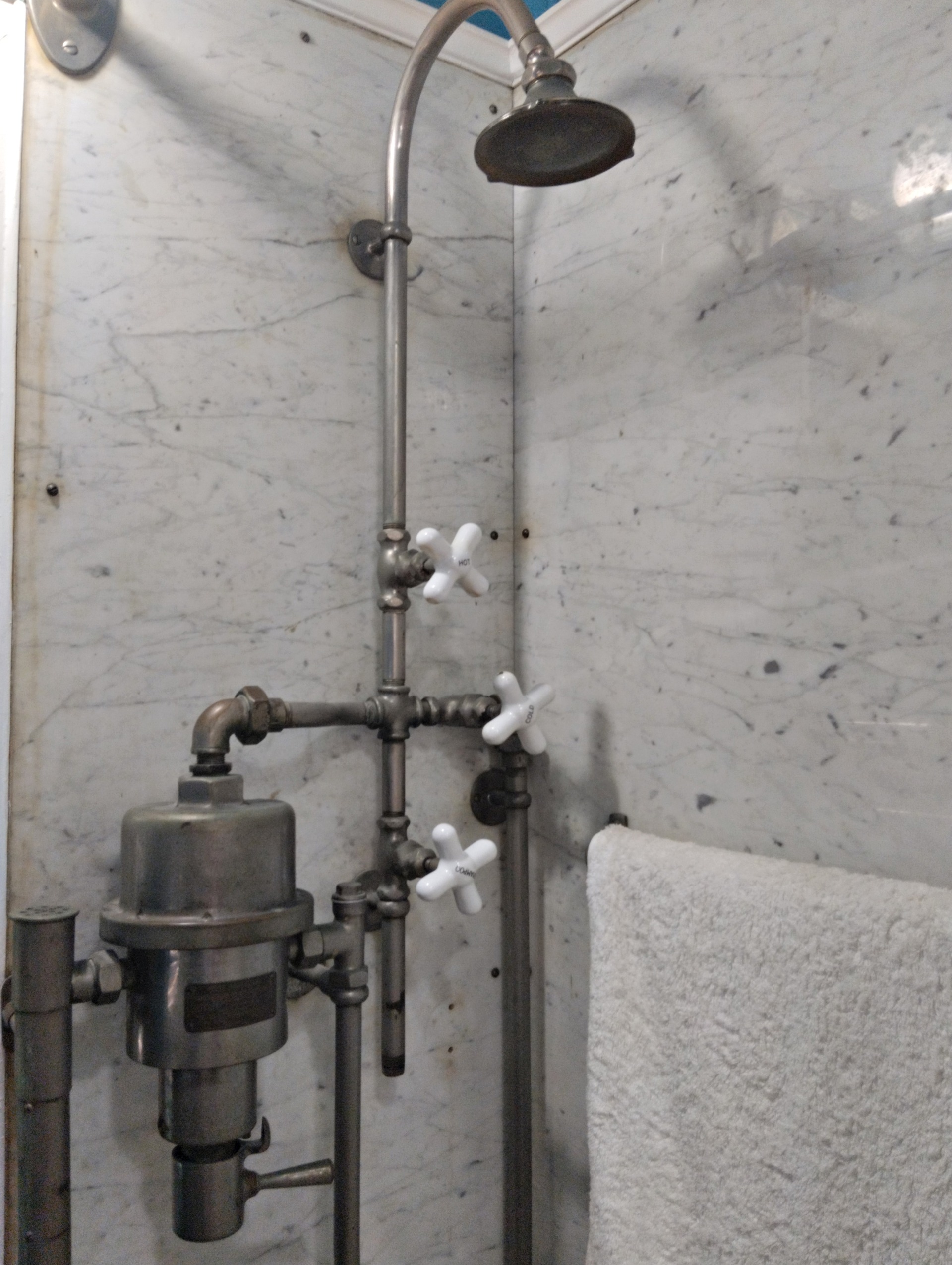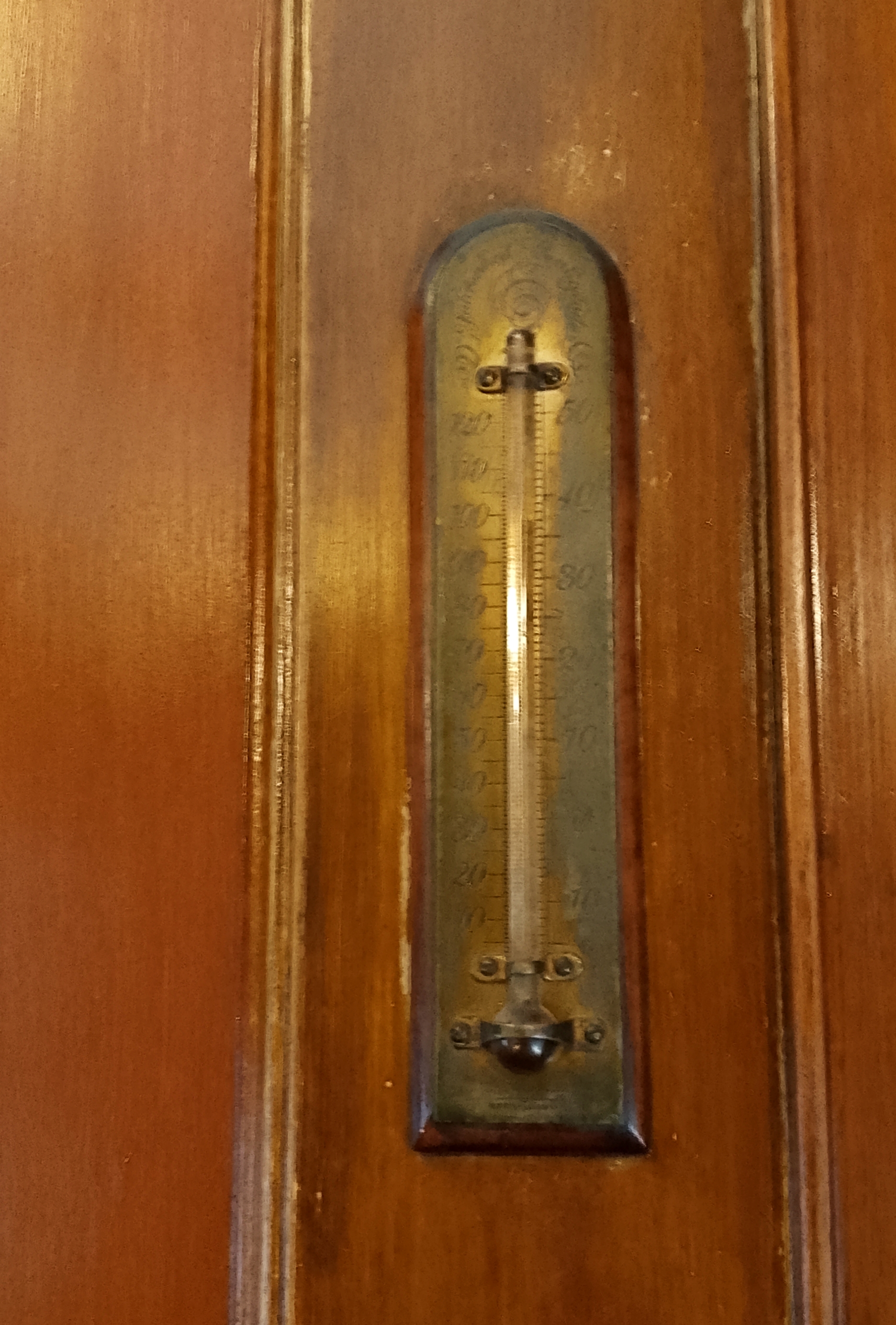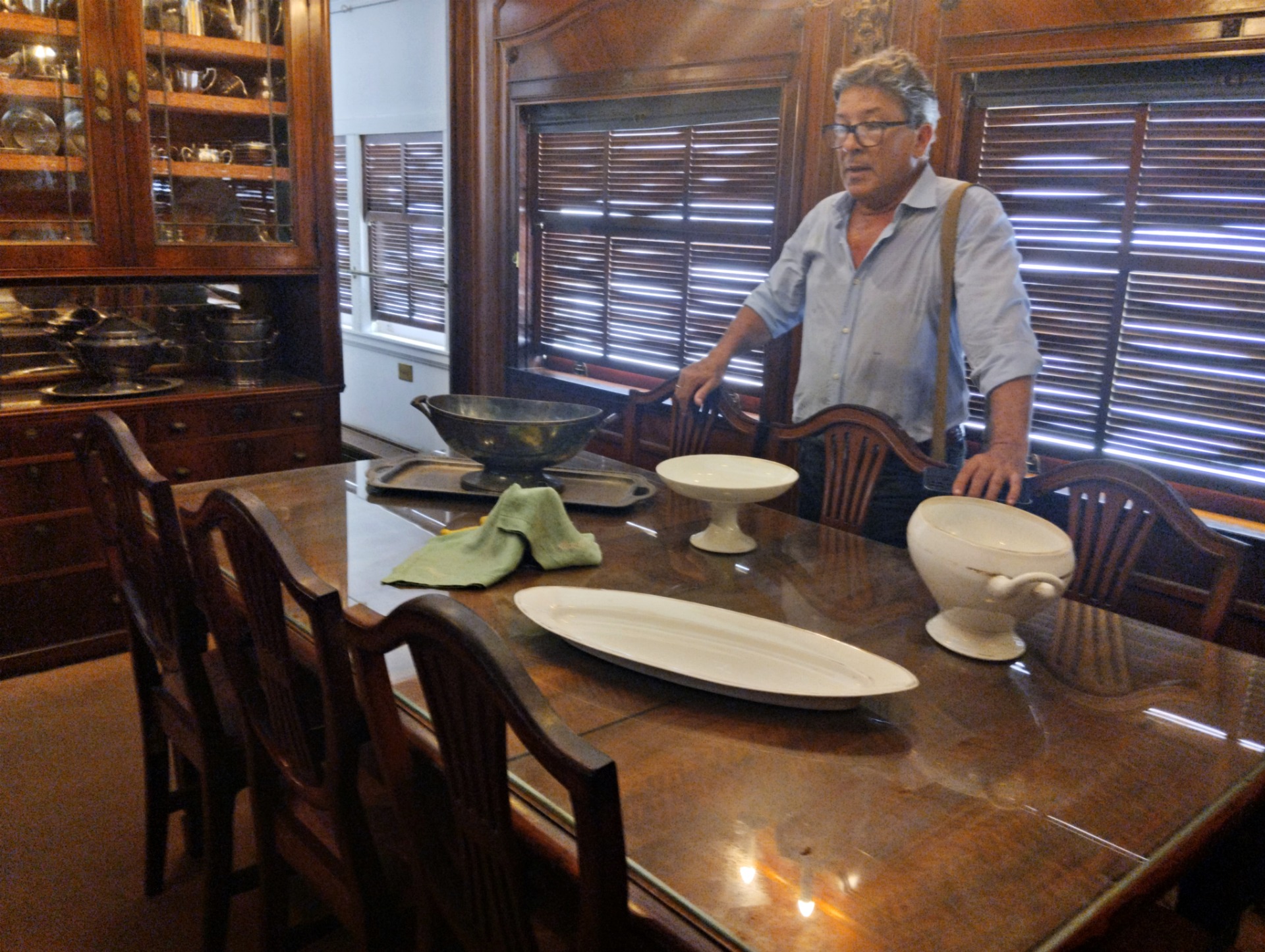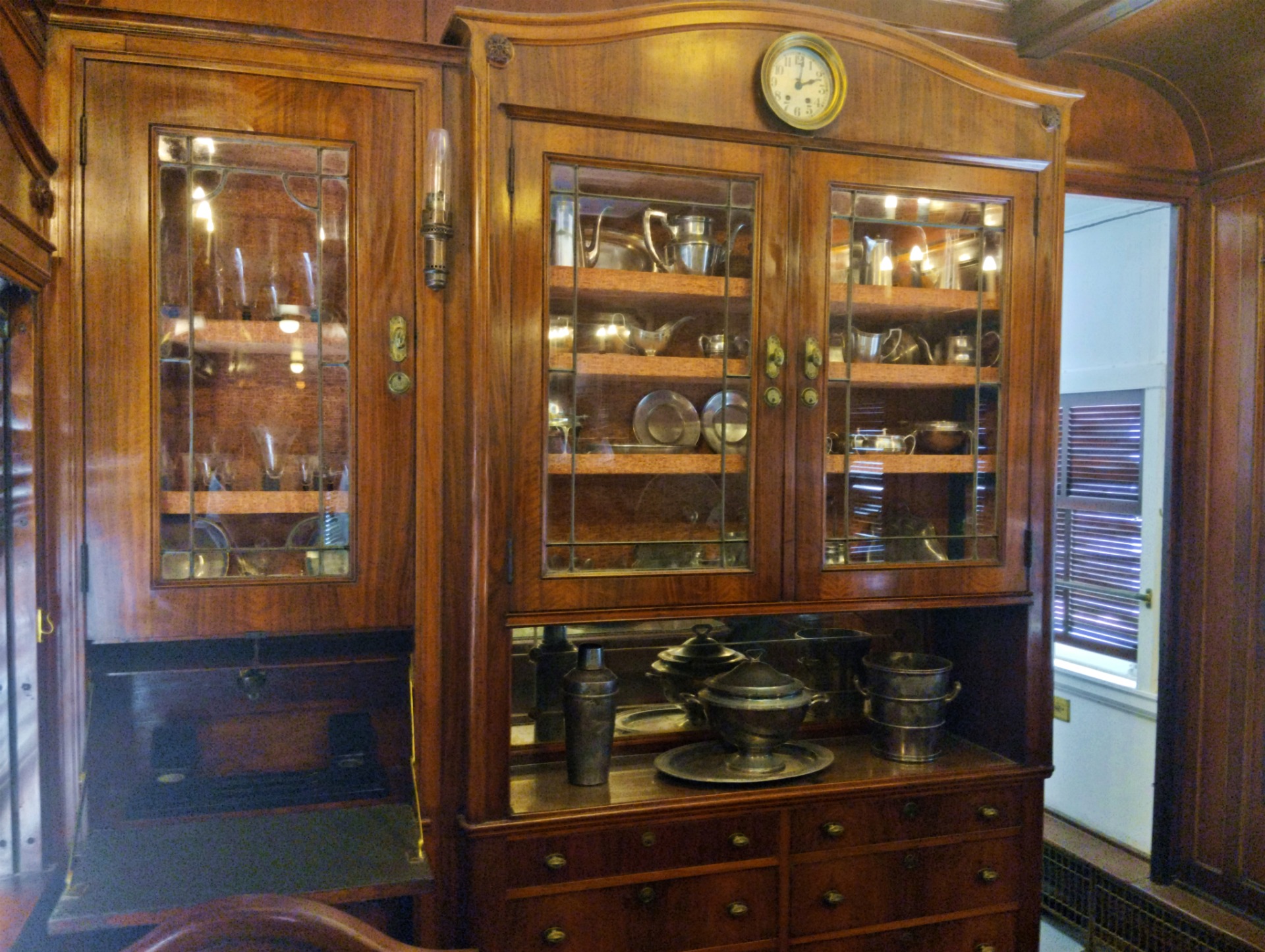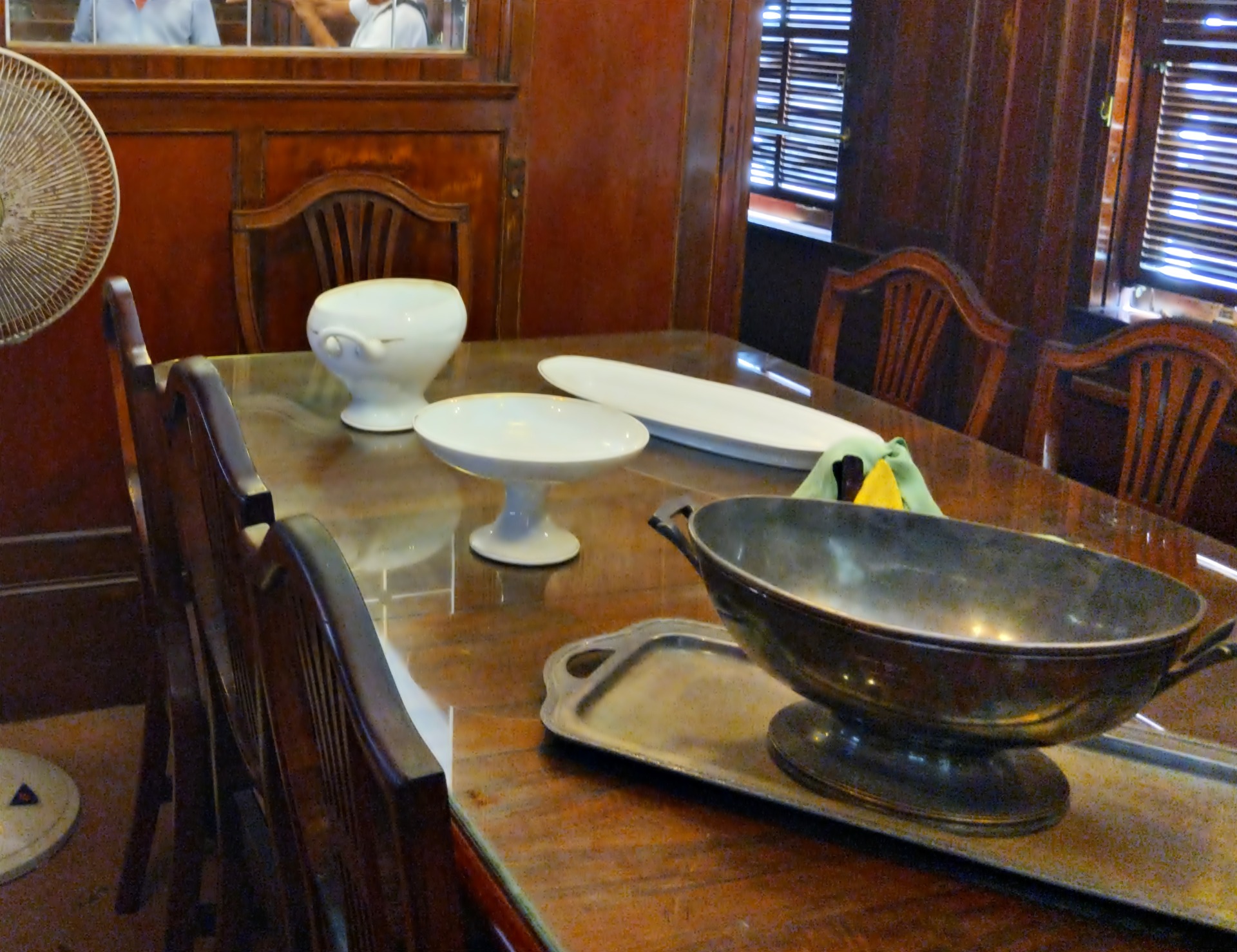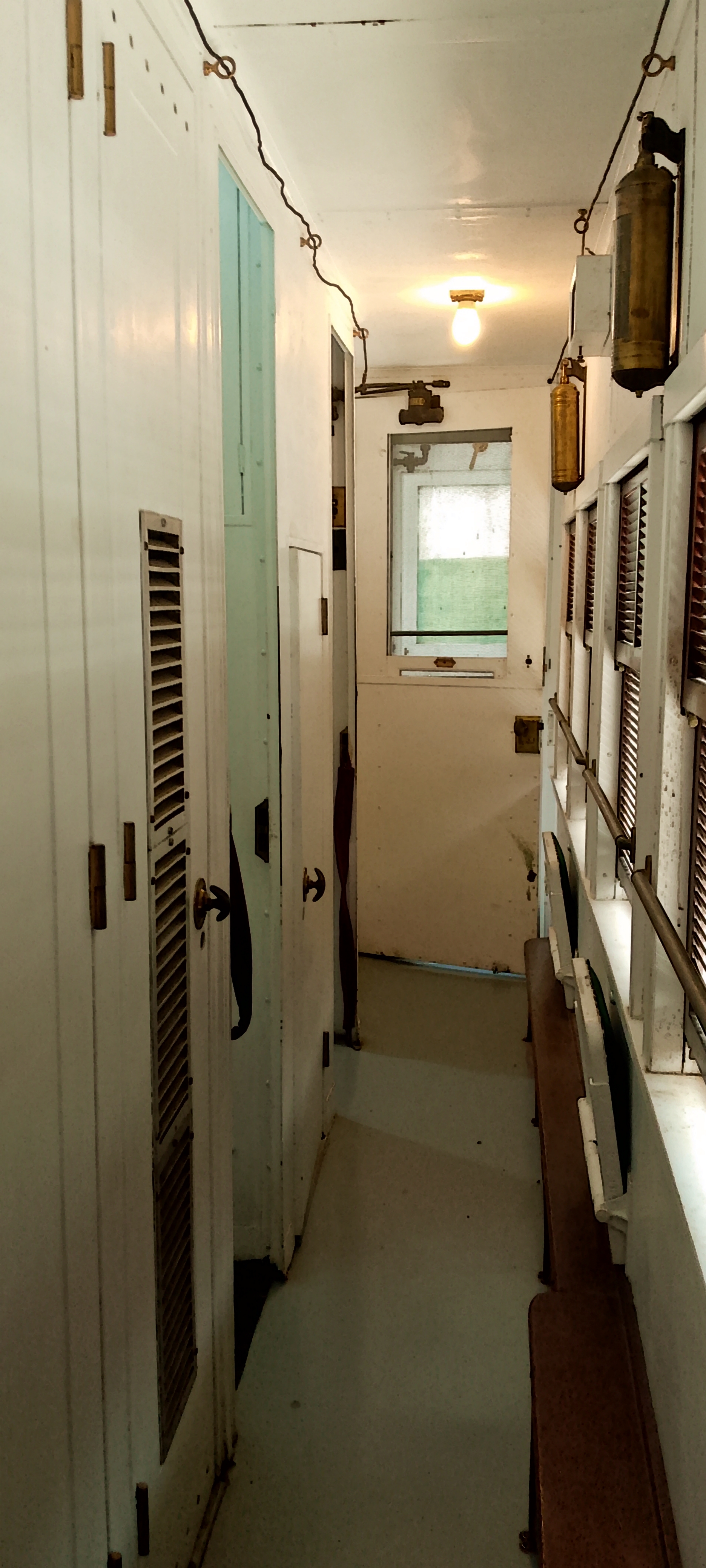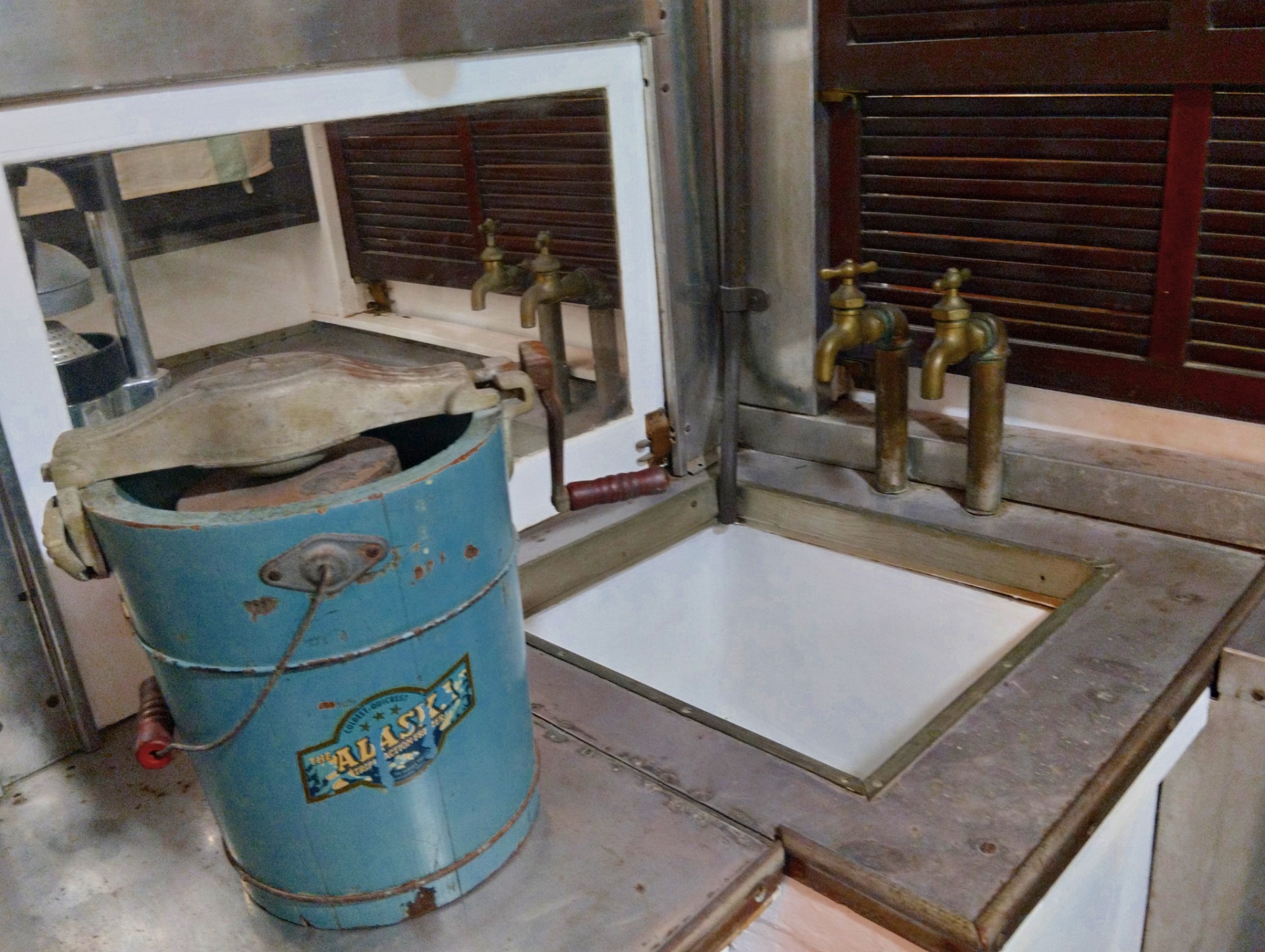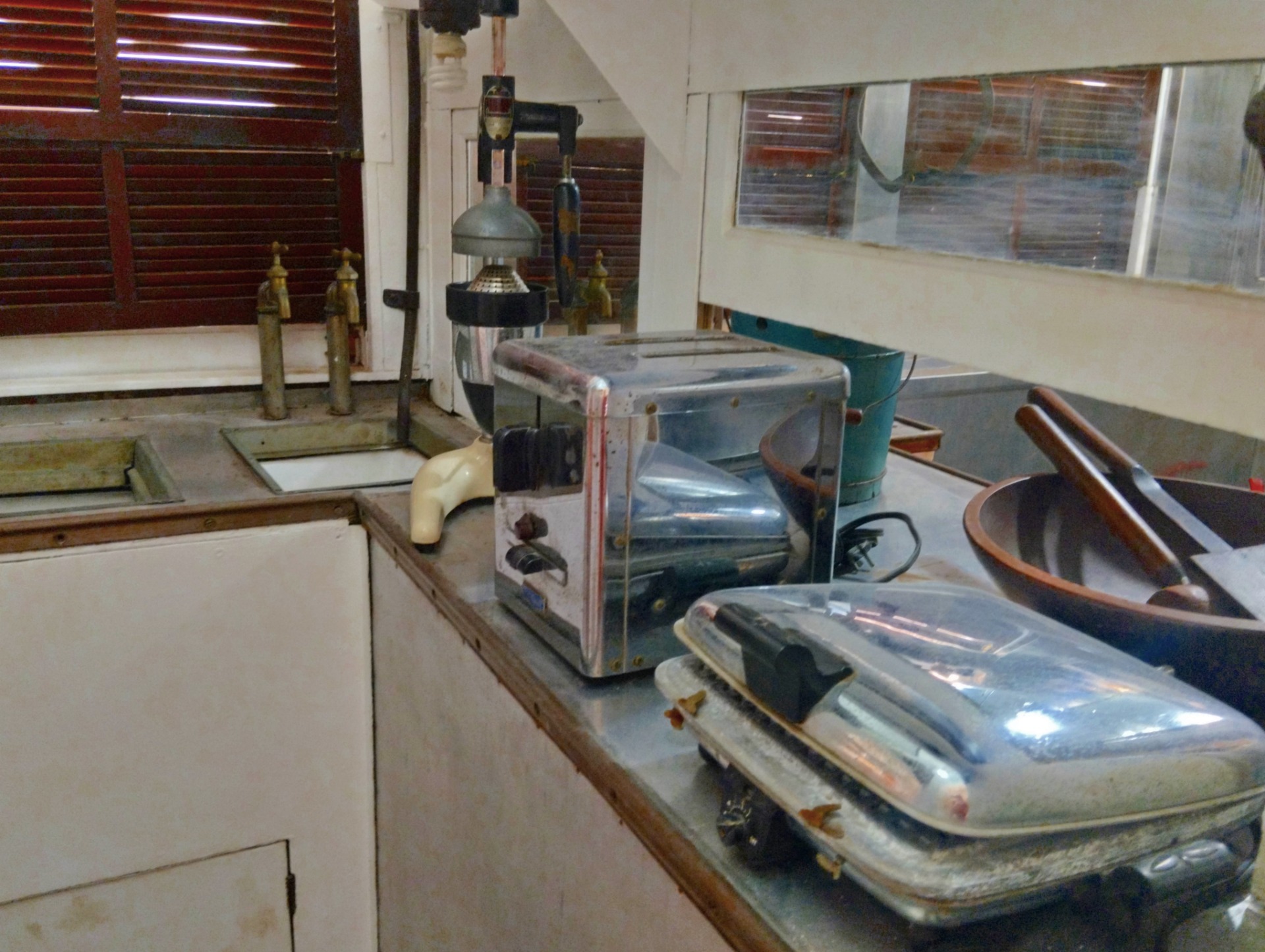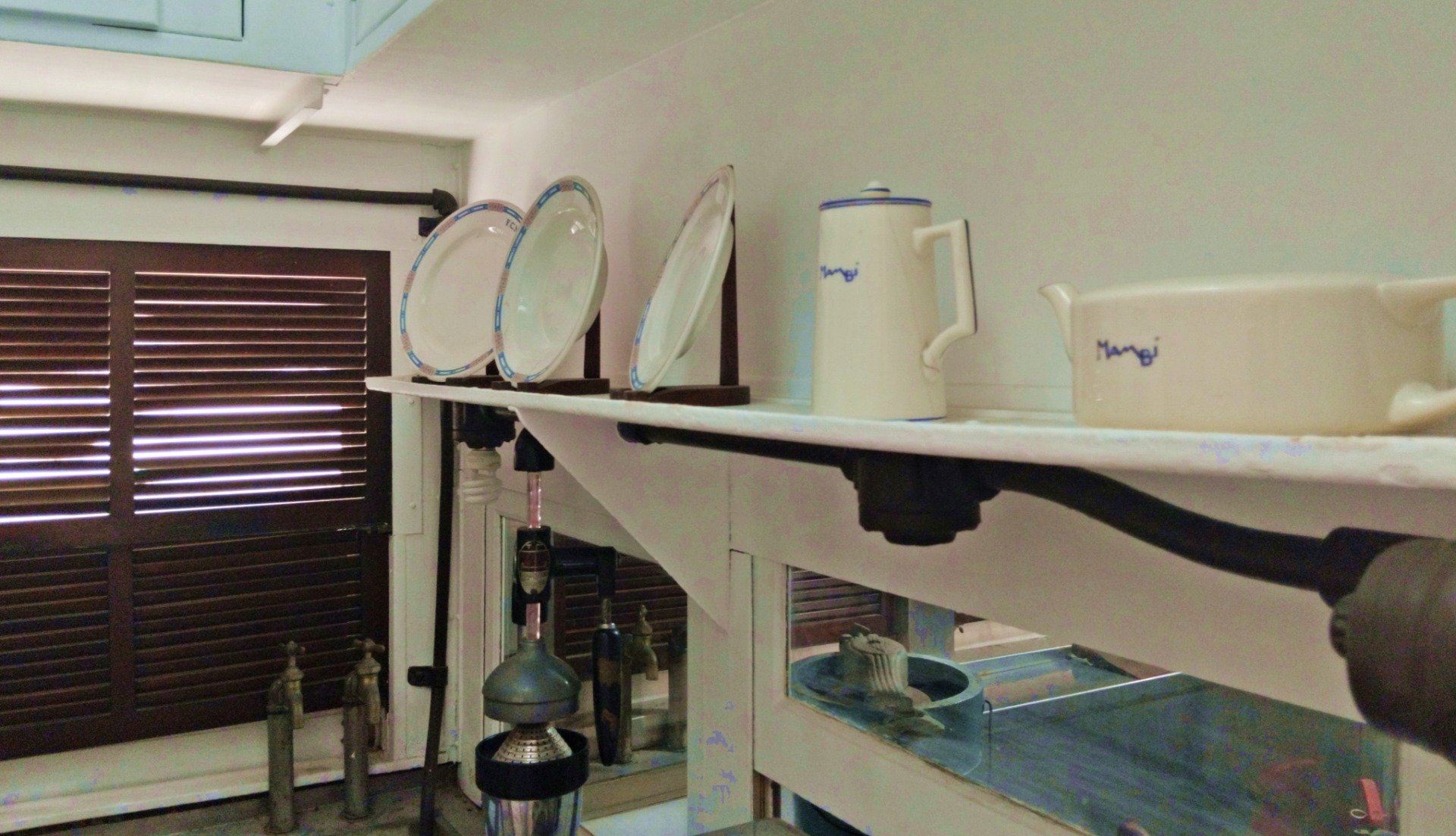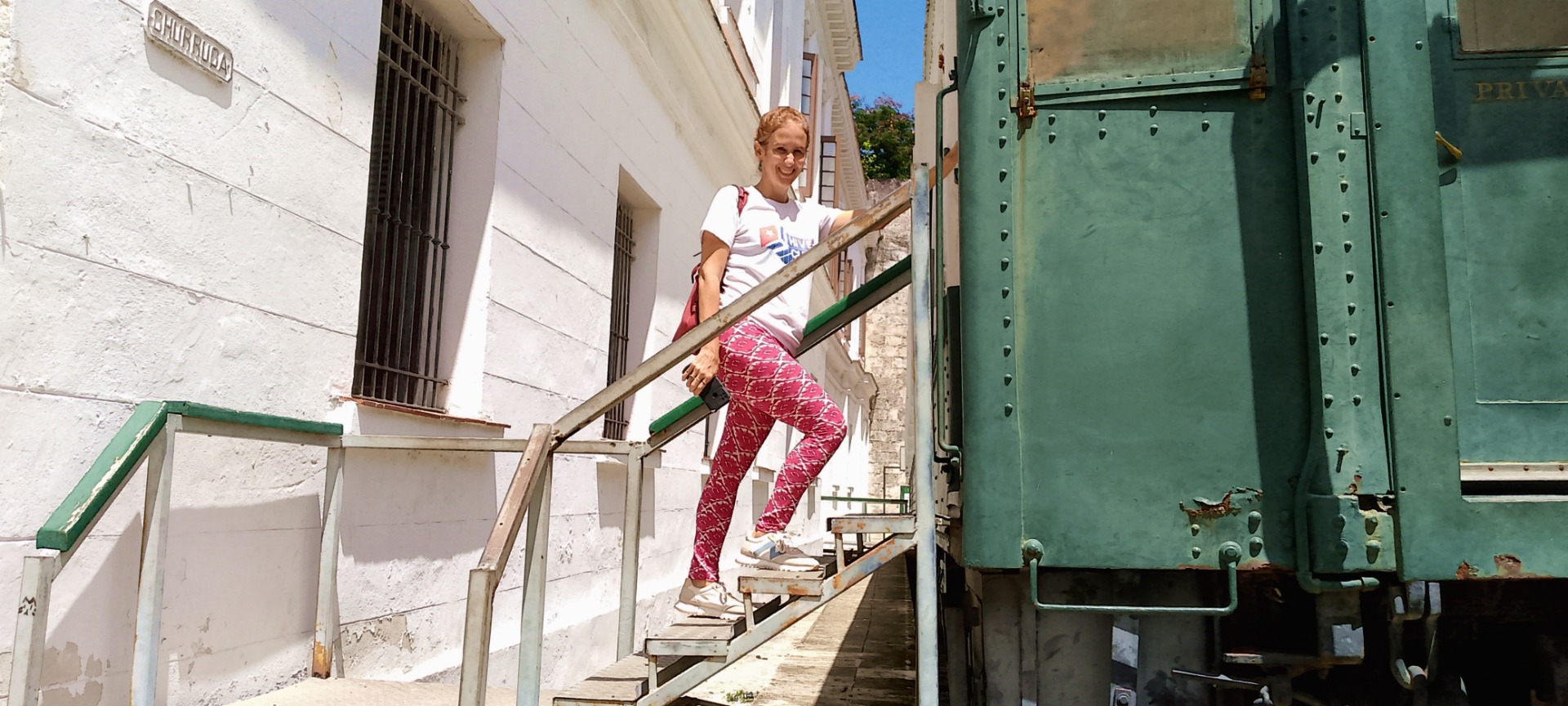English Version
There is a street in Old Havana that never fails to catch the attention of anyone who comes across it. It is Churruca Street, and its uniqueness lies in the fact that it is home to a large railway carriage called the Train Mambí. It is said that this was the presidential carriage, although this story is not entirely true... but there is some truth to it.
In fact, it was a presidential carriage, but not exactly that of the President of the Republic of Cuba, but rather that of the president of the Cuban Railway Company at the beginning of the last century. This carriage was built by an American company and was purchased by the president, who resided in New York. The carriage was transported to the island by sea on board a ferry. Its owner used it to travel to Camagüey, where he had his main business interests. After reaching dry land, the carriage was hooked up to a train that took it to its destination.
This luxury carriage was also used on several occasions by Cuban presidents for their election campaign trips. For this reason, many people know it as the presidential carriage.
Everything inside is the original furniture from when the train was built, except for some modifications to the kitchen and utensils that have been adapted over the years. Everything inside this magnificent carriage is of the highest quality, lined with precious woods, and every object inside speaks of the refinement and opulence of its original owner.
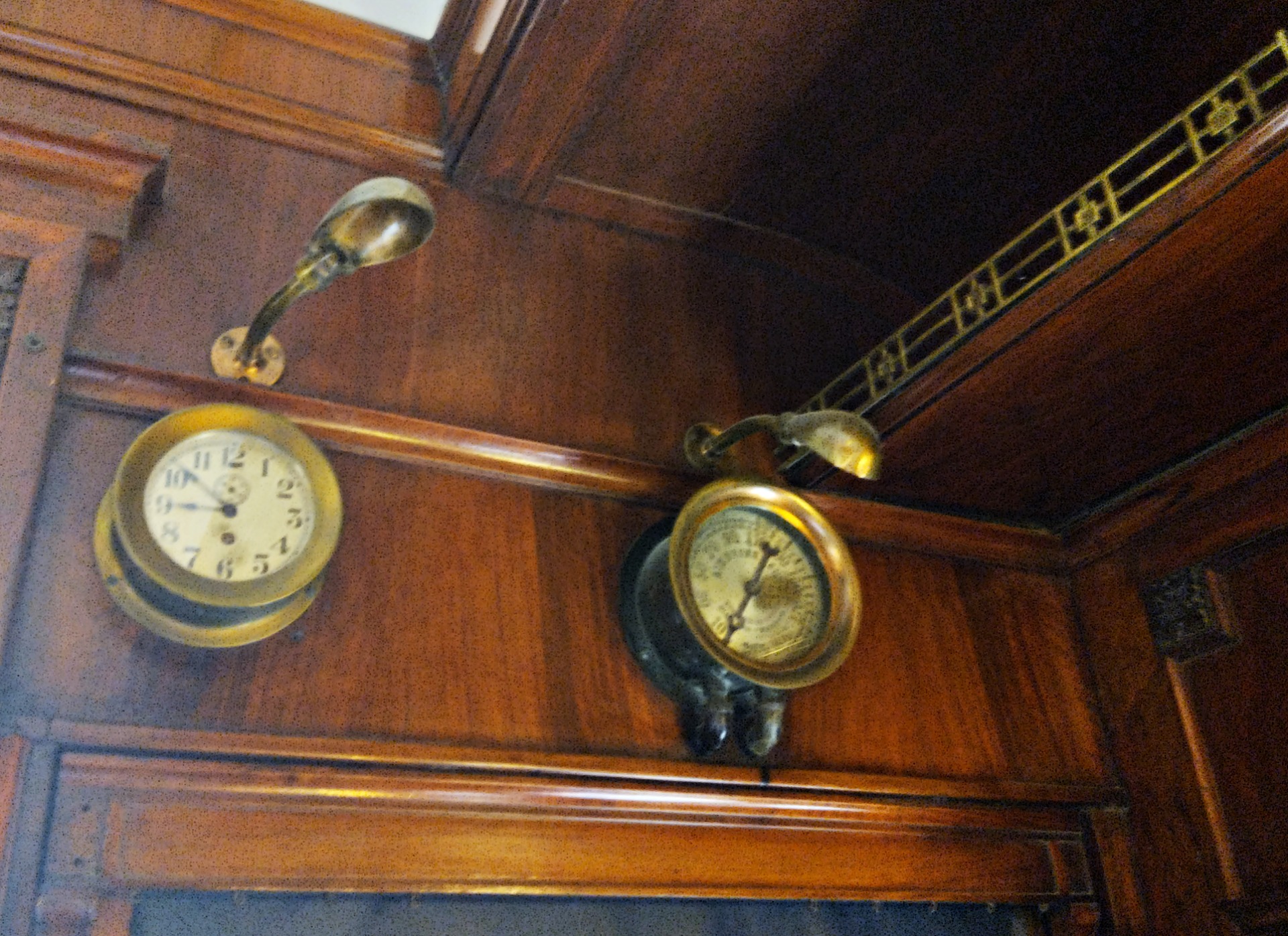
The layout and use of space is what impressed me the most. There is great skill in its interior design and in the placement of each element. Upon entering, there is a hall where all the decor is made of wood and the upper shelves open up to become bunk beds, as do the sofas, which transform into sofa beds.
As we walk down the narrow corridor, I am even more amazed. It is incredible to see how everything is arranged with millimetre precision, like a large-scale doll's house. To the right of the long corridor are the bedrooms of the company president and his wife, with their respective alcoves, just as they were used in those days. Each room is independent and has padded beds, wardrobes, mirrors, furniture and a bathroom shared between both rooms, with all the amenities including hot water.
And since I mention hot water, I cannot fail to mention the train's air conditioning. At a time when air conditioning as we know it today did not exist, the problem of heat was solved with the ingenious idea of using dry ice, which was placed in a special compartment and circulated throughout the carriage, with cold air coming out through the grilles and openings in the ceiling of the rooms.
This must have been essential, because I imagine that travelling inside this iron train, in the hot climate of Cuba, on the railway line and crossing several provinces, must have been quite intense.
Near the end is the dining room, with a large table for eight people and a display cabinet that holds the silver and nickel silver tableware that belonged to the Train Mambí. All the glassware is also luxurious and beautiful.
And finally, there is the pantry, the kitchen and a room for the service staff, which consisted of two people who took turns keeping watch at night, as one had to remain awake in case any service was needed.
I was delighted with this visit. I never imagined that the interior of the carriage would be a museum, and that everything would be so well preserved and restored. I consider this carriage to be a jewel of Cuban railway heritage.
I hope you enjoyed the tour.
Cheers and see you next time.
Versión en Español
Hay una calle en La Habana Vieja que no deja de llamar la atención a todo el que la llegar hasta ella. Es la calle Churruca y su singularidad radica en que allí se encuentra un gran vagón de ferrocarril con el nombre de Tren Mambí. Se dice que este fue el vagón presidencial, aunque esta historia no es del todo cierta… pero también tiene su parte de verdad. En realidad, sí fue un vagón presidencial, pero no precisamente del Presidente de la República de Cuba sino del presidente de la Compañía de Ferrocarriles de Cuba, a inicios del siglo pasado. Este vagón fue construido por una compañía americana y fue adquirido por dicho presidente quien residía en Nueva York. El vagón era trasladado hasta la isla por vía marítima a bordo de un ferry. Su propietario lo utilizaba para viajar hasta Camagüey donde tenía sus negocios principales, después de tocar tierra firme, el vagón era enganchado a un tren que lo llevaba hacia su destino. Este coche de lujo también fue puesto en varias ocasiones al servicio de algunos de los presidentes cubanos para sus viajes en las campañas electorales. Por esa razón muchos lo conocen como el vagón presidencial. Todo lo que hay en su interior es el mobiliario original del tren cuando fue construido, salvo algunas modificaciones en la cocina y utensilios que se fueron adaptando al progreso de los años. Todo dentro de este magnífico vagón es de gran calidad, está revestido de maderas preciosas, y cada objeto que se encuentra en su interior habla del refinamiento y la opulencia de su dueño original. La disposición y el aprovechamiento del espacio es lo que más me impresionó. Hay una gran maestría en su diseño interior y en la ubicación de cada elemento. Al entrar hay un recibidor donde todo el decorado es de madera y los estantes superiores se abren para convertirse en literas, al igual que los sofás, que se transforman en sofá camas. A medida que nos adentramos por su estrecho pasillo me asombro más. Es increíble ver cómo todo está milimétricamente dispuesto como en una casa de muñecas a gran escala. A la derecha del largo corredor están las habitaciones del presidente de la compañía y de su esposa, con sus respectivas alcobas, tal y como se usaban en aquellos tiempos. Cada habitación es independiente y tiene camas acolchonadas, clósets, espejos, mobiliario y un baño compartido entre ambos cuartos, con todas las comodidades incluida el agua caliente. Y ya que menciono el agua caliente no puedo dejar de hablar de la climatización del tren. En una época en la que no existía el aire acondicionado como lo conocemos hoy, el inconveniente del calor se resolvió con la ingeniosa idea de utilizar hielo seco, el que se colocaba en un compartimento especial y circulaba por todo el vagón saliendo el aire frío por las rejillas y aberturas colocadas en el techo de las habitaciones. Esto debió ser algo imprescindible, porque imagino que viajar dentro de este tren de hierro, en el clima caluroso de Cuba sobre la línea ferroviaria y atravesando varias provincias debió haber sido bastante intenso. Casi al final está el comedor, con una amplia mesa para ocho personas y una vitrina que guarda la vajilla de plata y alpaca que perteneció al Tren Mambí. También toda la cristalería es de lujo y de una gran belleza. Y por último, el pantry, la cocina y una habitación para el personal de servicio, que se componía de dos personas las que se turnaban en la noche para hacer guardia, ya que una debía permanecer despierta por si se necesitaba algún servicio. Quedé encantada con esta visita. Nunca imaginé que el interior del vagón fuera un museo, y que todo estuviera tan bien conservado y restaurado. Considero que este vagón es una joya del patrimonio ferroviario cubano. Espero les haya gustado el recorrido, un Saludo y hasta la próxima.
Original content by the author. © 2025 @jordy0827. All rights reserved.
Contenido original del autor. © 2025 @jordy0827. Todos los derechos reservados.
You can follow me on my social networks/ Pueden seguirme en mis redes sociales.
Discord: jordy0827#8374
View this post on TravelFeed for the best experience.
